At first glance, the face Novosiltseva restrained, cold and arrogant. But it is necessary to overcome this chill of alienation and look at the face of a woman more attentively
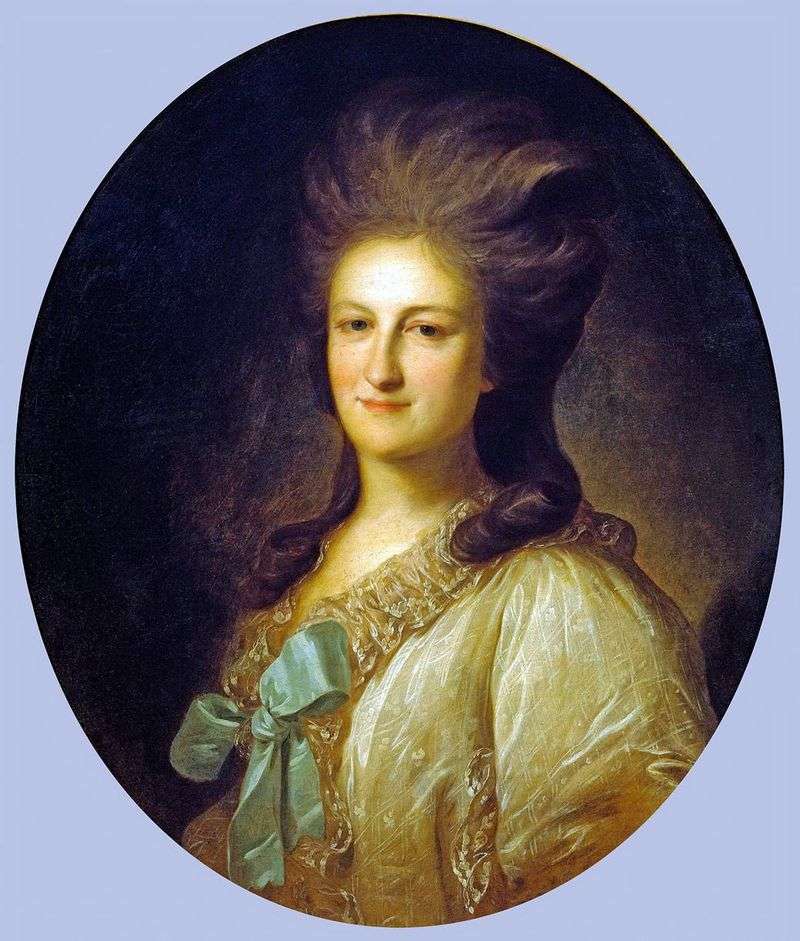

At first glance, the face Novosiltseva restrained, cold and arrogant. But it is necessary to overcome this chill of alienation and look at the face of a woman more attentively
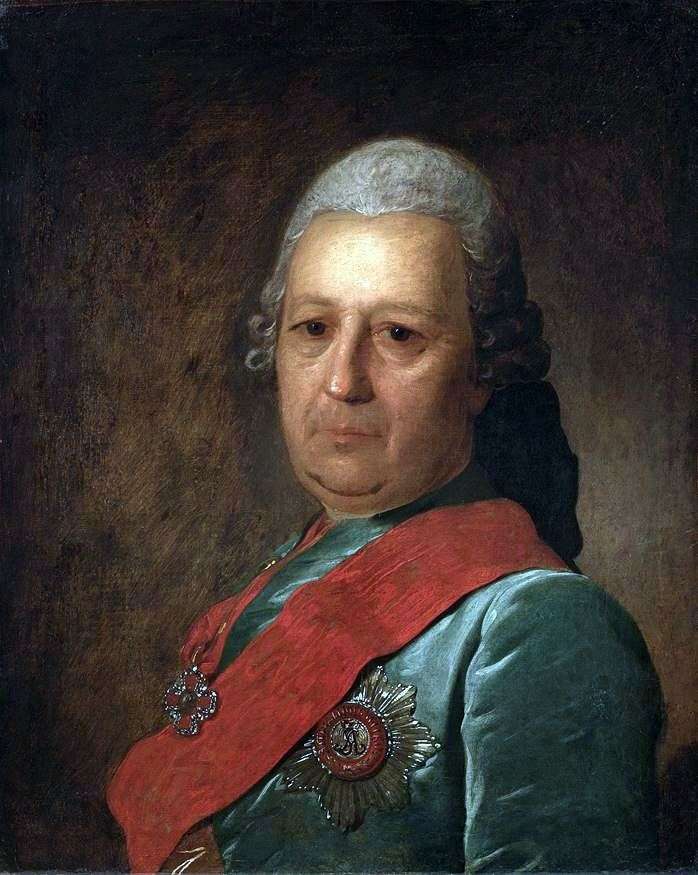
The realism and concreteness of the characteristics, as well as the virtuosity of the painting manner, are also inherent in the portrait of a talented diplomat A. I. Obreskova. His
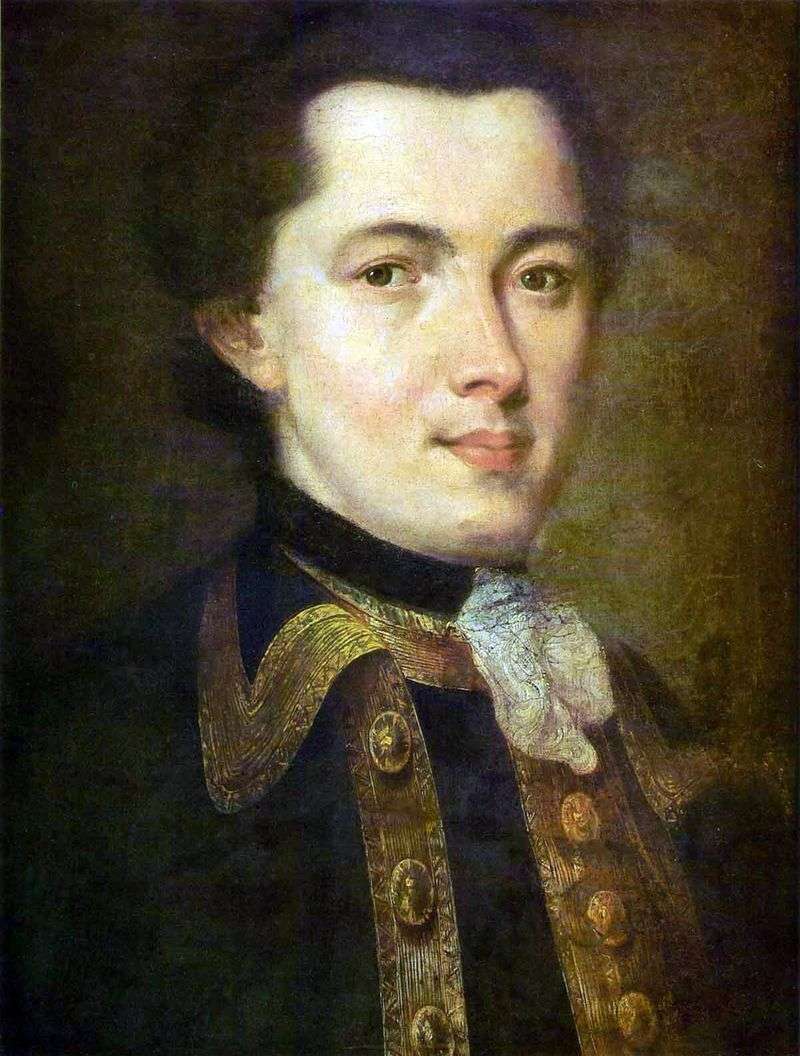
Comparing the numerous facts, IG Romanycheva, Candidate of Art Criticism, asserts with confidence that “from the middle of the 1750s, Rokotov was in St. Petersburg and studied, obviously, in the
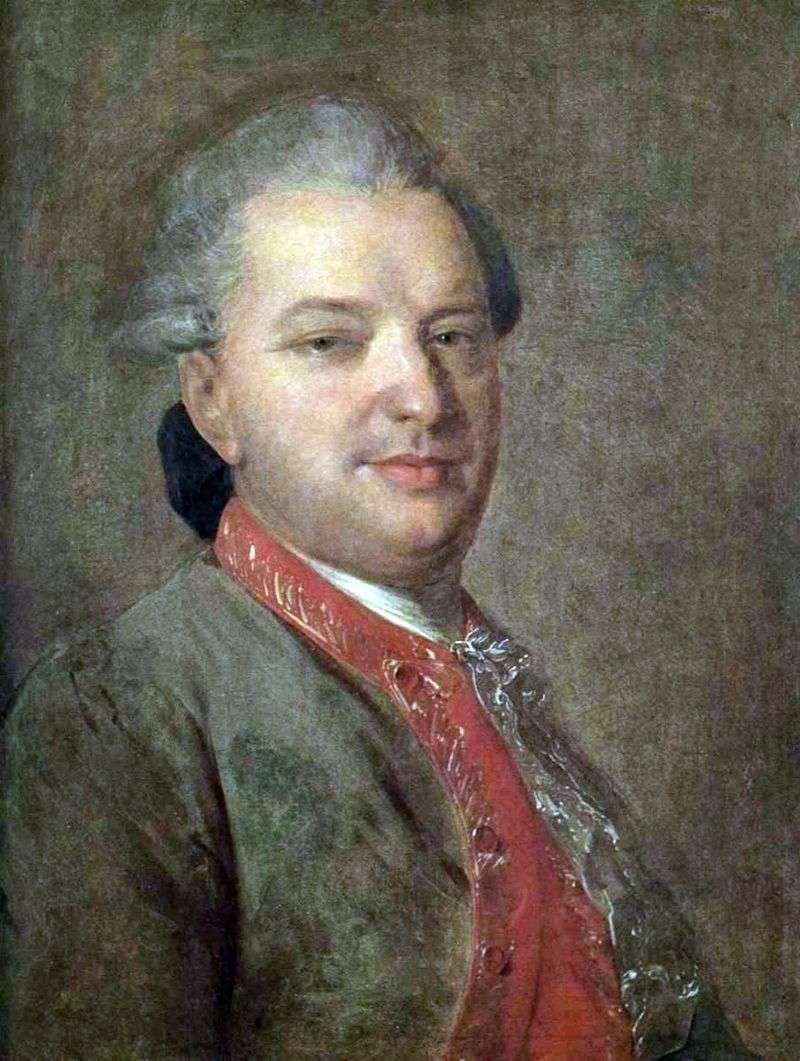
This work of F. S. Rokotov is sometimes called the first psychological portrait in Russian painting. The acuteness and completeness of the characteristics, the penetration into the spiritual essence of
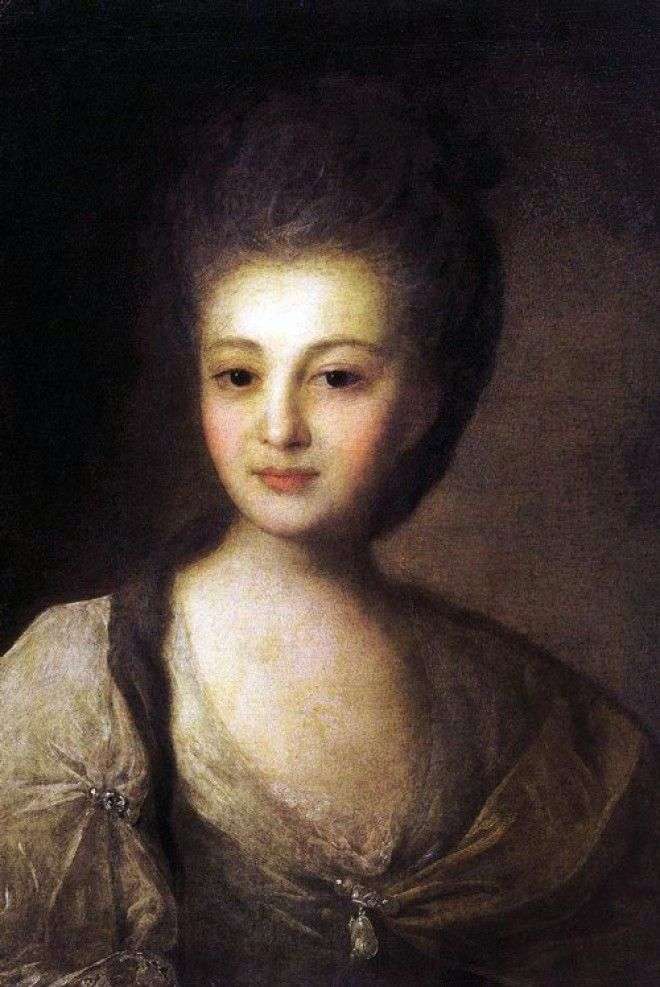
The portrait of Alexandra Struyskaya is undoubtedly the most brilliant image of an ideally beautiful woman in all Russian portraitism. Pictured is a charming young woman, full of captivating grace.
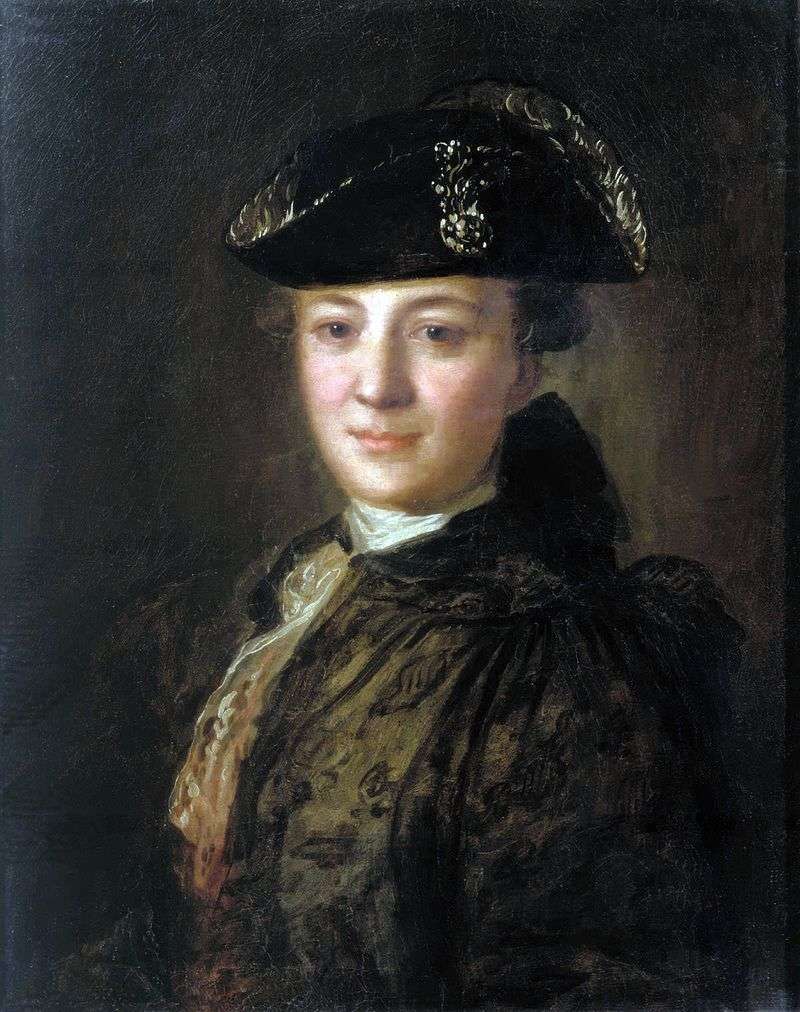
In the house of the Struysky there was a portrait of a young man with delicate features, a magnificent tie and a cape draping a figure. The image of the